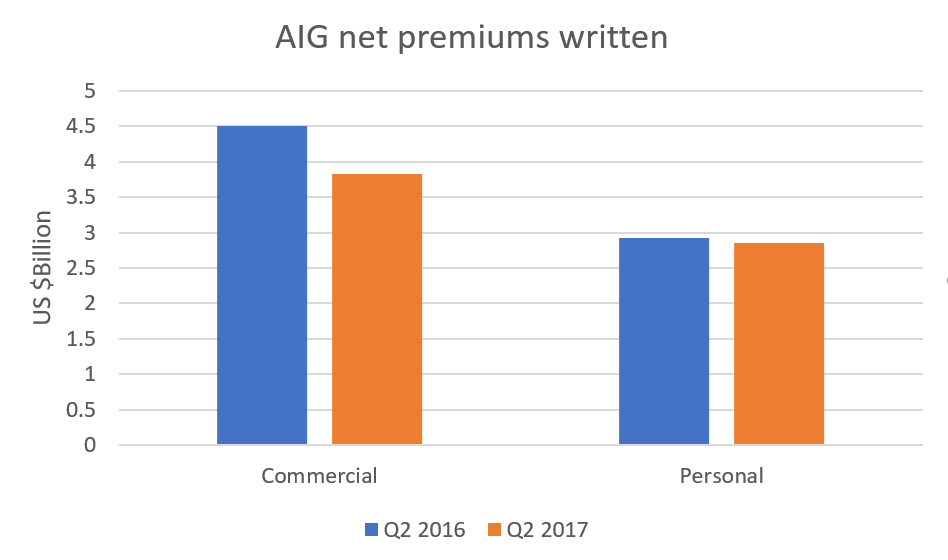
General business risks include the risk of war, storms, and the like that are presumed to be an unfortunate part of life for which no specific accounting can be made in advance. Contingent liabilities are shown as liabilities on the balance sheet and as expenses on the income statement. Both GAAP (Generally Accepted Accounting Principles) and IFRS (International Financial Reporting Standards) require companies to record contingent liabilities, due to their connection with three important accounting principles. Another way to establish the warranty liability could be an estimation of honored warranties as a percentage of sales. In this instance, Sierra could estimate warranty claims at 10% of its soccer goal sales.
Liability: Definition, Types, Example, and Assets vs. Liabilities – Investopedia
Liability: Definition, Types, Example, and Assets vs. Liabilities.
Posted: Tue, 28 Mar 2017 23:09:51 GMT [source]
In most cases, the UN should be able to
determine a range of possible values and thus form a reliable estimate. The use of accounting estimates to determine the value of the obligation
is permitted and encouraged where precise values are not available. A Contingent Asset is an economic gain that may come into existence in near future as a result of some past action. The existence of such assets is completely uncertain and beyond the control of the entity. Contingent liabilities are liabilities that may occur if a future event happens.
Step 3: Submissions Review Process
A contingent liability is recorded in the accounting records if the contingency is probable and the related amount can be estimated with a reasonable level of accuracy. Other examples include guarantees on debts, liquidated damages, outstanding lawsuits, and government probes. Two classic examples of contingent liabilities include a company warranty and a lawsuit against the company.

In this example, we will examine the
process by which accounting entries for a legal case are derived and entered
into Umoja. The cases that are analyzed here are originally booked through FBS1
T-code and thus are automatically reversed by Umoja in the next reporting
period. Approvals
for raising a provision within Umoja are the same as those for raising manual
JVs. Provisions are usually recognized at the end of
each reporting period and will be raised through reversing journal vouchers. This means that the journals will be automatically reversed at the start of the
next reporting period.
Chapter 7: Accounting for Share Capital
As the contingent liability is for
disclosure purposes only, no entries are required. The most common of these contingent assets
are those considered in Chapter on Revenue from Non-Exchange Transactions. Discounting and the unwinding of discounts
are accounting concepts that do not impact the actual cash payments to be made
in the settlement of provisions, but instead reflect the time value of money. A provision is reversed, either partially
or in full, when it is no longer required. This differs from adjustments to
provisions described in section 3.1.4 below, as reversals involve derecognition
of all or part of a provision (i.e. they no longer meet the provisions
recognition criteria).
A contingency occurs when a current situation has an outcome that is unknown or uncertain and will not be resolved until a future point in time. A contingent liability can produce a future debt or negative obligation for the company. Some examples of contingent liabilities include pending litigation (legal action), warranties, customer insurance claims, and bankruptcy. In order for a provision to be recognized, the
outflow of resources should be probable. Whilst IPSAS does not specify a
precise numerical threshold, this is generally accepted as having a probability
of greater than 50% of occurring.
- Sierra Sports may have more litigation in the future surrounding the soccer goals.
- (b) a possible obligation whose existence will be
confirmed only by the occurrence or non-occurrence of one or more
uncertain future events not wholly within the control of the UN. - Estimations of such losses often prove to be incorrect and normally are simply fixed in the period discovered.
- Contingencies are potential liabilities that might result because of a past event.
- By the end of this article, you’ll have a better understanding of how contingent liabilities can impact a business and what steps need to be taken to protect the business from any negative consequences.
If the value can be estimated, the liability must have more than a 50% chance of being realized. Qualifying contingent liabilities are recorded as an expense on the income statement and a liability on the balance sheet. A contingent liability threatens to reduce the company’s assets and net profitability and, thus, comes with the potential to negatively impact the financial performance and health of a company. Therefore, such circumstances or situations must be disclosed in a company’s financial statements, per the full disclosure principle. The objective of this chapter is to give an
overview of the accounting lifecycle of provisions recognition as well as
contingent liabilities and contingent assets note disclosure requirements.
Liabilities & Contingencies
When both of these criteria are met, the expected impact of the loss contingency is recorded. They believe that a loss is probable and that $800,000 is a reasonable estimation of the amount that will eventually have to be paid as a result of the damage done to the environment. Although this amount is only an estimate and the case has not been finalized, this contingency must be recognized. In order for a contingent liability to be recorded as a journal entry it must be probable and reasonably estimable. The accrual involves debiting and increasing a loss account and crediting and increasing a liability account. Let’s expand our discussion and add a brief example of the calculation and application of warranty expenses.
- Contingent liabilities must pass two thresholds before they can be disclosed in financial statements.
- Submissions
are centrally reviewed to ensure that information provided is accurate and
cases are appropriately accounted for in the financial statements (e.g. see template
described in section 5.1 below). - Contingent liability is a potential obligation that may or may not become an actual liability in the future.
- A provision should be recognized when the recognition criteria in section 2.1.1
above are met. - If it is determined that too much is being set aside in the allowance, then future annual warranty expenses can be adjusted downward.
- Contingent liabilities should be analyzed with a serious and skeptical eye, since, depending on the specific situation, they can sometimes cost a company several millions of dollars.
Where a material adjusting event is identified, the
amounts in the financial statements for the reporting period should be
adjusted to reflect the adjusting event. Adjusting events are therefore recognized
in the financial statements in line with the IPSAS guidance applicable to
the issue. The reason is that the event (“the injury itself”) giving rise to the loss arose in Year 1. Conversely, if the injury occurred in Year 2, Year 1’s financial statements would not be adjusted no matter how bad the financial effect.
Incorporating Contingent Liabilities in a Financial Model
Managing and accounting for contingent liabilities can be complex and requires careful analysis and judgement. Companies should consult with legal and financial advisors to ensure that they are properly identifying and managing these liabilities. If the initial estimation was viewed as fraudulent—an attempt to deceive decision makers—the $800,000 figure reported in Year One is physically restated.
Mitigating the Negative Impacts of Job-Related Stress – The CPA Journal
Mitigating the Negative Impacts of Job-Related Stress.
Posted: Fri, 26 May 2023 07:00:00 GMT [source]
A subjective assessment of the probability of an unfavorable outcome is required to properly account for most contingences. Rules specify that contingent liabilities should be recorded in the accounts when it is probable that the future event will occur and the amount of the liability can be reasonably estimated. This means that a loss would be recorded (debit) and a liability established (credit) in advance of the settlement. Contingent liabilities must pass two thresholds before they can be reported in financial statements.
Two Financial Accounting Standards Board (FASB) Requirements for Recognition of a Contingent Liability
Contingent liabilities differ from other liabilities in that they are not recognized on a company’s balance sheet unless the underlying event occurs. Other liabilities, such as accounts payable and loans, are recognized on the balance sheet as soon as they are incurred, regardless of whether the underlying event has occurred. This means contingent liabilities are not included in a company’s current or total liabilities, and they do not directly impact the company’s financial statements unless and until the underlying event occurs. This journal entry is to show that when there is a probability of future cost which can be reasonably estimated, the company needs to recognize and record it as an expense immediately. Likewise, the contingent liability is a payable account, in which the company will expect the outflow of resources containing economic benefits (e.g. cash out). If the contingent liability is probable and inestimable, it is likely to occur but cannot be reasonably estimated.
If the lawsuit is remote (a nuisance suit without any merit), there is no need for a journal entry and no need to disclose the lawsuit. Accountants usually consider product warranties to be a contingent liability that is both probable and can be estimated and is therefore recorded with a journal entry. A contingent liability is a potential future debt that depends on the occurrence or non-occurrence of one or more uncertain future events. Contingent liabilities are not recognized in the financial statements because they are not considered actual liabilities. However, companies must disclose contingent liabilities in the notes to the financial statements.
Contingent Liability Journal Entry
Any case with an ambiguous chance of success should be noted in the financial statements but do not need to be listed on the balance sheet as a liability. Other potential examples include guarantees, contingent liabilities journal entry indemnification obligations, and environmental liabilities. A future obligation or debt of a company that is dependent upon something happening in the future is called a contingent loss.

Under US GAAP, the low end of the range would be accrued, and the range disclosed. An example of determining a warranty liability based on a percentage of sales follows. The sales price per soccer goal is $1,200, and Sierra Sports believes 10% of sales will result in honored warranties. The company would record this warranty liability of $120 ($1,200 × 10%) to Warranty Liability and Warranty Expense accounts.
